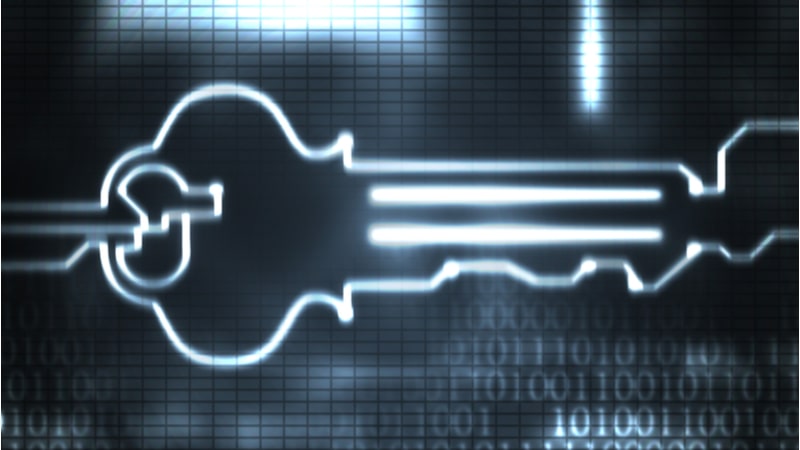How Organizations can Respond to Risk in Real Time

The NIST Cybersecurity Framework, initially issued in early 2014, outlines five functions with regard to cybersecurity risk: identify, protect, detect, respond, and recover. Of these functions, those on the far left encapsulate measures that could be considered pre-breach; those on the right, post-breach. Far too often, however, government agencies tip the scales too far to the left.
While the NIST Cybersecurity Framework offers a solid foundation, security teams remain overwhelmed in reactive strategies – a tremendous problem considering those steps limit an organization’s ability to become more proactive in identifying and operationalizing actions before the concern becomes significant.
Traditional approaches to data protection usually entail buying and implementing tools that are binary and reactive. A particular event is seen as good or bad – with walls, blocks, and policies put in place to deal with the latter. This leaves government systems drowning in alarms and alerts, while limiting employees’ ability to do their jobs. If your policy is to block all outbound email attachments that include anything proprietary or sensitive, for instance, HR can’t do something as simple as send out a job offer.
By continuously identifying potential indicators of risk at an individual level, organizations can instead take a proactive security posture – one in which responding to and recovering from threats is an ongoing effort, not a piecemeal one. Here are three key components of a truly proactive approach.
Continuous Risk Evaluation
Users are continuously interacting with data, which means organizations must be continuously monitoring those interactions for threats, as opposed to scrambling once a breach has been flagged. Risk is fluid and omnipresent; removing risk wholesale is impossible. Instead, the goal should be to detect and respond to excessive risk, and that can only be done through continuous evaluation. This is especially important as agencies rely on a growing amount of data, which is stored everywhere and accessed anywhere.
Continuous risk evaluation means cybersecurity doesn’t end after a user’s behavior is labeled as “good” and access or sharing is granted (or vice versa) – as would be the case with a traditional, static approach. Instead, risk profiling continues beyond that initial decision, monitoring what a user does when granted access and whether their behavior is trustworthy. Gartner, for one, defines this approach as Continuous Adaptive Risk and Trust Assessment (CARTA).
Leverage Data Analytics
In order for risk levels to be assessed, organizations must have full-stack visibility – into all devices and interactions taking place on its system – and the ability to make sense of a tremendous amount of behavioral data. How does a series of behaviors by Employee A stack up against a different series of behaviors by Employee B? Where’s the risk and how do we mitigate it? Analytics are required to not just answer such questions, but answer them quickly.
Multiple data analytics techniques can help organizations flag excessive risk: baselining and anomaly detection, similarity analysis, pattern matching, signatures, machine learning, and deep learning, to name a few. The key is to focus analysis on how users interact with data. Remember, risk is fluid. The risk of a behavior – even an unusual one – will depend on the sensitivity of the data being accessed or shared.
Automate the Response to Risk
Data analytics can reduce the time to identify a threat, but it’s also important to automate threat response. Once again, too many organizations simply respond to a growing number of alerts by throwing headcount at them. Instead, data loss protection should be programmatic, with policy automated at the individual level.
Resources should be thrown only at the highest immediate risks, while routine security decisions should be handled automatically. With automation, organizations can actually reduce their headcount without compromising security – saving money while achieving precise, real-time risk mitigation.
The Bottom Line
The far-right of the NIST Cybersecurity Framework must ideally focus on proactive detection, response and remediation – steps that must happen concurrently and continuously. Identifying valuable risk insights and turning them into actionable protective measures remains challenging in government environments, especially with more data and devices on networks than ever. But with continuous evaluation, analytics, and automation, it can be done. Too many organizations are drowning in alarms and alerts, while struggling to review and triage security content, adjust system policies, and remediate risk. By taking a holistic, proactive approach, organizations can identify and respond to risks in real-time, adapting their security as needed.
